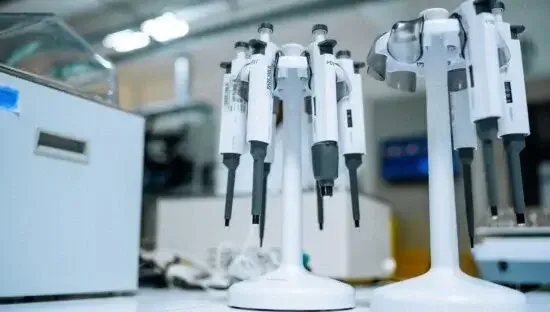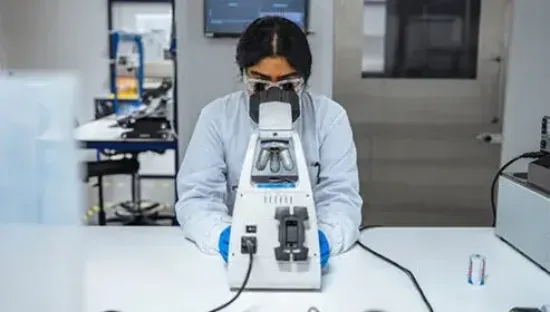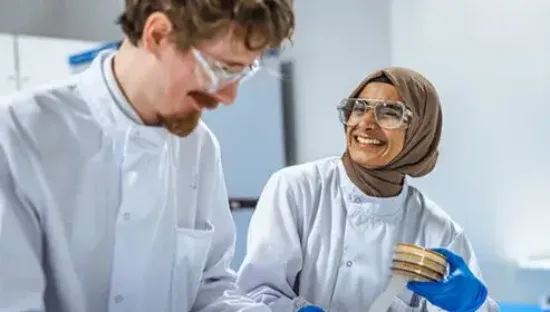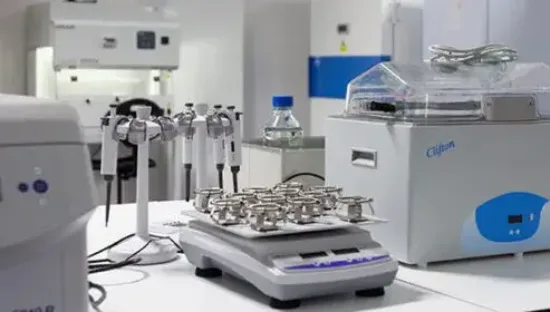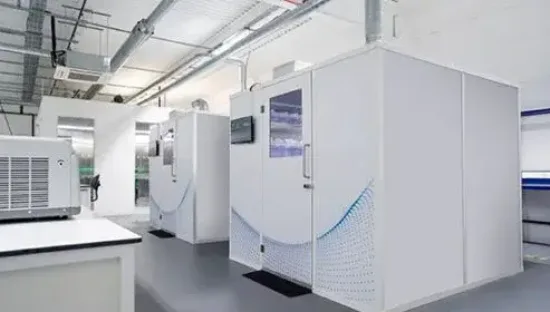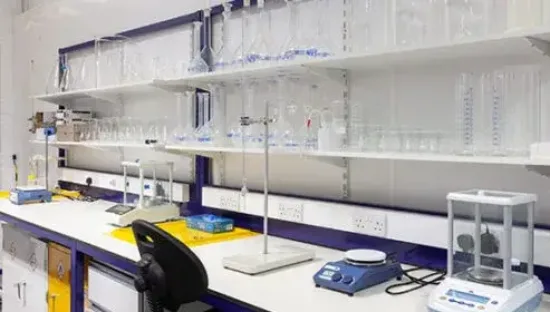What is Biological Evaluation Plan?
Medical devices that have direct or indirect contact with either a patient or the device user need to be assessed for biocompatibility.
The Biological Evaluation Plan evaluates the risks identified with device based on their contact type and contact duration which determines a series of endpoints for evaluation against available data.
Following the guidelines in ISO 10993-1, this assessment identifies gaps in the available data which are used to determine what testing is needed to fully assess the biological risk.
It is a requirement that the “Biological evaluation should be planned, carried out and documented by knowledgeable and experienced professionals”.
Using our in-house toxicologist, we offer a biological evaluation plan (BEP) which will identify the tests needed for your medical device, as well as sourcing available information on your product. After constructing the BEP and performing the required tests and sourcing the biocompatibility information, we also offer a biological evaluation Report (BER) with the complete set of justifications and results on your product.
Rapid response
Contact us and we will respond immediately. We will gather information and provide you with everything you need to know.Technical discussion with one of our experts
We will discuss your device in more detail and outline the information needed to conduct the BER, such as:Name of Device, Intended use Statement, Contact type and duration, Materials used (MSDSs with CAS numbers). Providing this information will ensure that we can proceed efficiently with the necessary preparations.
We'll proceed by issuing an Outline Study Plan.
This plan will detail the cost, timeline, and any other pertinent information. Your approval will signal our cue to commence the work promptly.Once we receive the green light from you, we will initiate the process. During the biological risk gap analysis, we gather and assess the following information:
- Device Intended Use: This refers to the purpose or function of the device, including its intended application and the patient population it is designed for.
- Device Configuration and Physical Characteristics: This entails describing the physical appearance, design, dimensions, and any unique features of the device.
- Material Constituents: This involves identifying and listing all the materials used in the construction of the device, including primary components and any secondary materials.
- Manufacturing Processes: This covers the methods and steps involved in the production of the device, from raw material acquisition to final assembly.
- Manufacturing Additives and Processing Agents: This includes any substances added during manufacturing processes that may leave residues or have potential biological effects.
- Sterilization Processes: This refers to the techniques employed to ensure the device is free from viable microorganisms, including methods such as steam sterilization, ethylene oxide (EtO) sterilization, or irradiation.
- Packaging Materials: This involves specifying the materials used for packaging the device and assessing their potential to introduce contaminants or interact with the device.
- Leachable Substances and Degradation Products: This entails identifying any substances that may leach from the device over time or during use, as well as potential degradation products that could affect biological safety.
- Available Toxicological and Biological Safety Data: This includes compiling any existing data on the toxicity and biological safety of the materials used in the device, obtained from literature reviews, testing, or previous studies.
- Systemic and Local Effects of Implantable Devices: This involves evaluating both the general and specific effects of implantable devices on the human body, considering factors such as tissue compatibility, biocompatibility, and potential for adverse reactions.
- Historical Clinical Data: This encompasses reviewing any previous clinical studies, trials, or usage data related to similar devices, including reports of adverse events or complications.
Following completion of the activities outlines in the Biological Evaluation Plan, a final assessment of the data is given within The Biological Evaluation Report.
We won’t keep you waiting
We respond to all enquiries within minutes of receiving them.
Our lead times match the urgency and demand in the market – we offer industry-leading turnaround times because we know how critical reliable data is for your project. While what you’ve seen is our typical lead time, the final timeline will depend on your specific study requirements. But rest assured, we’ll do everything we can to deliver even faster.
Think of it like a relay race – we’ll hand over the data baton as quickly as possible, so you can keep moving forward on your medical device journey.

